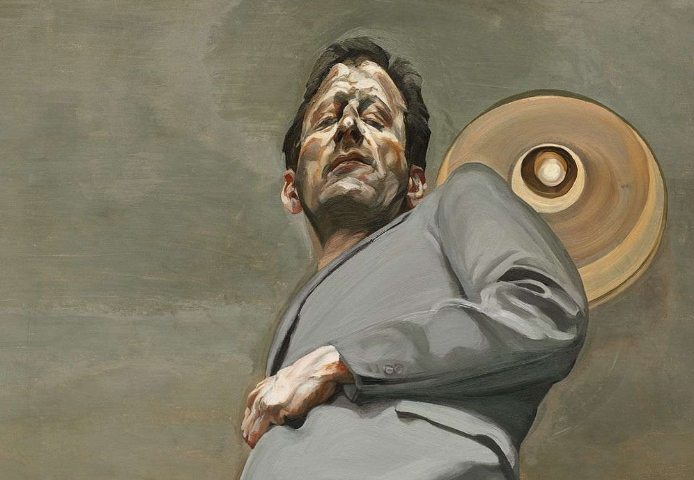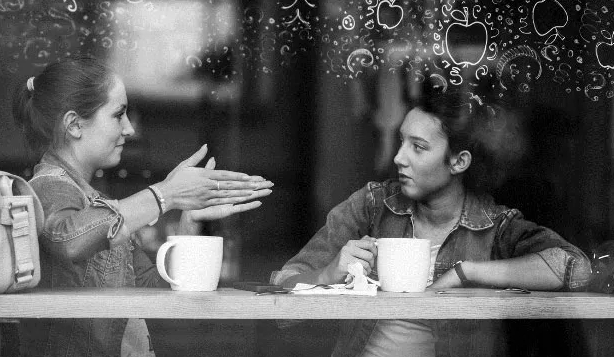Self-portraits have long been a popular form of artistic expression, allowing artists to capture their own likeness and explore their inner thoughts and emotions. In this article, we will delve into the intriguing world of self-portraits, studying iconic masterpieces that have left a lasting impact on the art world.
The Power of Self-Representation
Self-portraits offer artists a unique opportunity to portray themselves as they see fit, allowing for a deeper exploration of their own identity and emotions. Through self-portraiture, artists can convey a sense of self-awareness and introspection, inviting viewers to engage with their personal narratives.
Rembrandt’s Self-Portraits: A Study in Mastery
One of the most prolific self-portrait artists in history, Rembrandt van Rijn created over 90 self-portraits throughout his career. His self-portraits are renowned for their raw intensity and emotional depth, capturing the artist at various stages of his life. In his self-portraits, Rembrandt masterfully uses light and shadow to create a sense of depth and drama, drawing viewers into his world.
Frida Kahlo’s Self-Portraits: A Window Into the Artist’s Soul
Mexican artist Frida Kahlo is best known for her striking self-portraits, which often depict her in a state of emotional turmoil and physical pain. Kahlo used self-portraiture as a means of self-exploration and self-expression, using her artwork to convey her inner struggles and personal experiences. Through her self-portraits, Kahlo invites viewers to empathize with her pain and connect with her on a deeply personal level.
Vincent van Gogh’s Self-Portraits: A Glimpse Into the Artist’s Troubled Mind
Dutch artist Vincent van Gogh’s self-portraits are a testament to his troubled psyche and tumultuous life. Van Gogh’s self-portraits reveal a sense of emotional intensity and inner turmoil, reflecting the artist’s struggles with mental illness and personal demons. Through his self-portraits, van Gogh sought to explore his own emotions and experiences, creating a powerful body of work that resonates with viewers to this day.
In conclusion, self-portraits offer a fascinating glimpse into the inner world of artists, allowing them to explore and express their own identity, emotions, and experiences. Through the study of iconic self-portraits by artists such as Rembrandt, Frida Kahlo, and Vincent van Gogh, we can gain a deeper appreciation for the power and complexity of self-portraiture as an art form.



